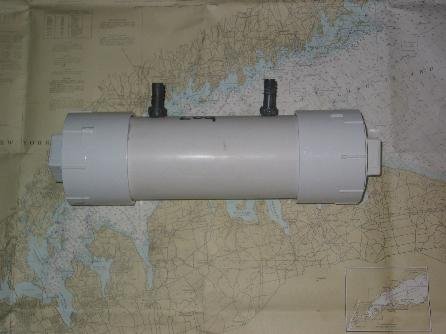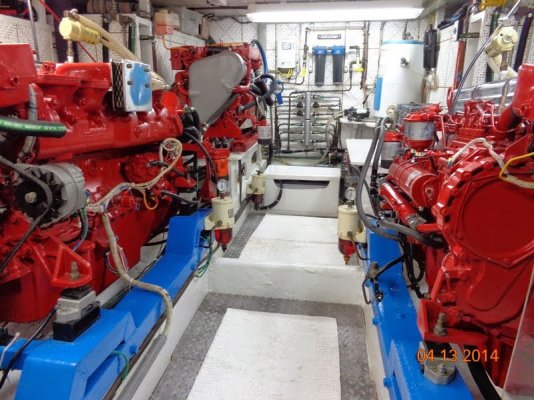Erben Renewal
Member
Greetings,
I have a trawler with a naturally aspirated ADC 140hp diesel.
The crankcase breaths thru a hose coming off the valve cover that attaches to a covering over the intake manifold. Oil drips out of the cover and makes a mess of things at the back of the engine.
I am considering installing a Racor Closed Crankcase Ventilation (CCV) filter assembly and am curious if others have installed such a device.
Regards
I have a trawler with a naturally aspirated ADC 140hp diesel.
The crankcase breaths thru a hose coming off the valve cover that attaches to a covering over the intake manifold. Oil drips out of the cover and makes a mess of things at the back of the engine.
I am considering installing a Racor Closed Crankcase Ventilation (CCV) filter assembly and am curious if others have installed such a device.
Regards





